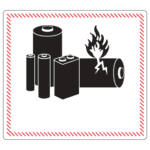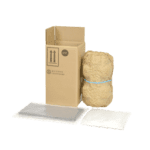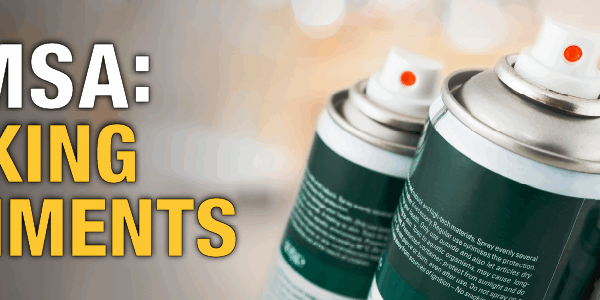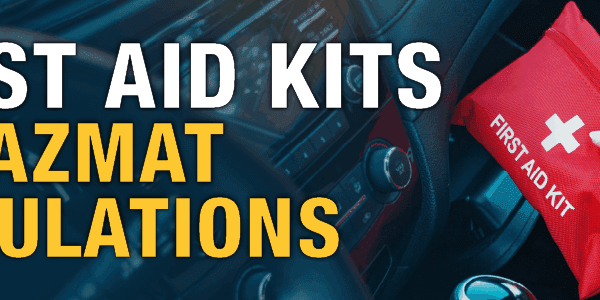
The Conundrum of Rechargeable Lithium Metal Batteries and Regulations
In the world of batteries, lithium metal batteries are making headlines for their high-energy density and longer shelf life. However, it’s not just their performance that’s catching attention, but also the regulations surrounding their usage. Lithium metal batteries are widely used in everyday devices like laptops, mobile phones, electric vehicles, and more. Most regulations classify them as non-rechargeable and are based on the grams of lithium content within each battery. So, what happens when lithium metal batteries are rechargeable, and should the description change? Let’s explore this conundrum and dive deeper into the world of rechargeable lithium metal batteries.
Rechargeable lithium metal batteries are a new form of energy storage that has gained immense attention in recent times in the regulatory world. Unlike non-rechargeable lithium metal batteries, rechargeable lithium metal batteries contain an anode (positive) and a cathode (negative) electrode, which allows them to store and discharge energy multiple times. Due to this, these rechargeable batteries have become an excellent alternative to traditional rechargeable batteries that are based on nickel-cadmium or lead-acid.
The classification of lithium metal batteries as non-rechargeable is based on the presence of metal lithium, which is highly reactive and prone to producing hazardous chemical reactions. However, the classification may need to be updated with the advent of rechargeable lithium-metal batteries. The rechargeable variants use a lithium-ion rather than lithium metal hence they produce far fewer dangerous reactions compared to the non-rechargeable ones. This difference separates the two so much that it’s now being questioned if they should still be regulated together.
While rechargeable lithium metal batteries may seem like a good alternative, there are still concerns about the safety aspect. Research studies have demonstrated that rechargeable lithium metal batteries are capable of exploding or catching fire in specific circumstances. Such events are rare and usually related to the overall makeup of the battery, as mismatches lead to overcharging and, eventually, dangerous thermal events that could lead to fires. Still, this finding highlights the need to scrutinize rechargeable lithium-metal batteries’ safety beyond the current regulations.
Regulators are currently assessing whether regulations need to be updated to include rules for rechargeable lithium metal batteries. A significant hurdle is the fact that many people continue to use non-rechargeable batteries and fail to differentiate between them and their rechargeable counterparts. Thus, any changes in regulation must be readily communicated to the public to foster safety and understanding.
The development of rechargeable lithium metal batteries has opened up new possibilities for energy storage. While these batteries are challenging from a regulatory perspective, with the right comprehension, they could pave the way for better energy storage solutions. As lithium metal batteries continue to make headlines, it’s important to keep in mind that the regulations will continue to evolve as we understand the batteries’ risks. Hence, the safety protocols must remain stringent, given the potential hazards related to rechargeable lithium metal batteries. With that, I hope that this article has given you a glimpse into the world of rechargeable lithium metal batteries and their regulatory framework.
For more information, read one of our articles on IATA’s Lithium Battery Guidance Document.
Do you ship lithium batteries or products that contain lithium batteries? ICC offers training, contact us today and we can help you choose the course you need!
Stay up to date and sign up for our newsletter!
We have all the products, services and training you need to ensure your staff is properly trained and informed.
 Lithium Battery Mark Lithium Battery Mark |
 Hazard Class 9 Hazard Class 9Lithium Battery Label |
 4GV Securepacc 4GV SecurepaccComplete Shipping Kit |






 ICC USA
ICC USA ICC Canada
ICC Canada